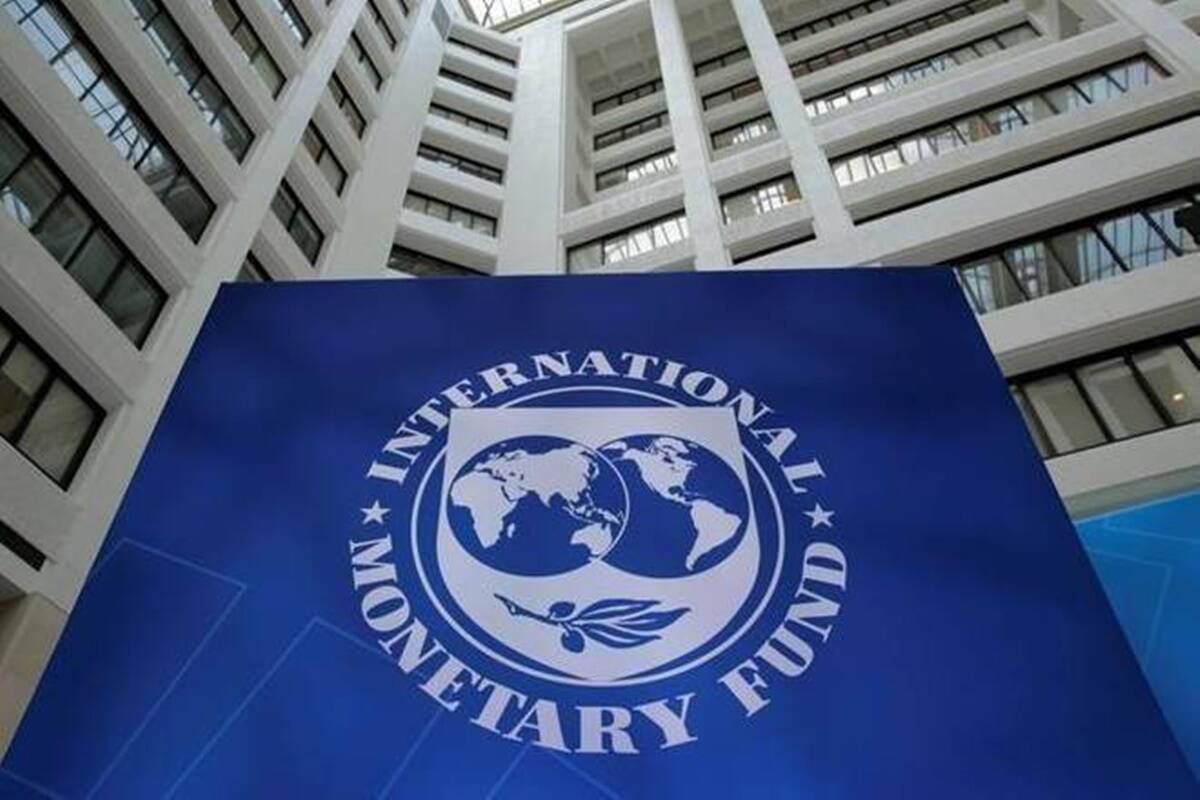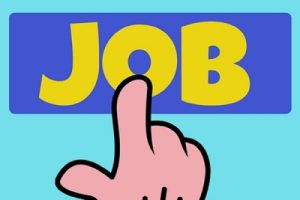The IMF has told Sri Lanka in no uncertain terms that corruption and waste have to be brought under control. Yet, a minister would directly solicit a bribe from a Japanese company and get away with it. Doesn’t the Cabinet have any control over officials who change the conditions in the tender, and decide to buy coal for two years with no thought for price fluctuations? Although the IMF, the Paris Club, the US, the UK, Europe, China and Japan have all got together to help Sri Lanka, does the country deserve their help? The corrupt system needs a shake-up. The IMF was formed in 1945 at the Bretton Woods Conference based on the ideas of Dexter White and John Maynard Keynes.
At the beginning it had 29 members. The objective was to expedite the economic development of underdeveloped countries. It focused on three areas – policy development, financial assistance and capacity development. The funds came mainly from the US, western countries and Japan.
Keynesian policies, which did not discourage welfarism and government intervention in economic policies, initially benefited many developing countries and also the poor in rich countries. From the end of World War II to about the early 1970s, these policies were not harmful to the global poor. In the 70s, Margaret Thatcher came to power in Britain and Ronald Reagan in the US.
They believed that welfarism and government role were an impediment to economic development. The basis of neo-liberalism is the idea that the market is the prime determinant of not only prices of goods, and matters related to trade and commerce, but also social characters and human values. This means there is no need for the government to intervene on behalf of the people, and market forces most efficiently guide the economy with benefits to all stakeholders.
This theory was first mooted by Friedrich von Hayek, and it was more or less a refutation of welfare capitalism advocated by John Maynard Keynes, which had been in practice since the end of World War II in 1945. Hayek advised Margaret Thatcher on the virtues of neo-liberal economic policies, and those were subsequently adopted during Reagan’s time in the US and Thatcher’s in the UK.
These policies virtually detached the government from economic management. During the era of welfare capitalism and Keynesianism, which existed from the late 40s to the early 70s, the governments in the western countries adopted measures to protect ordinary people from the depredations of market forces. Reagan and Thatcher, however, viewed those policies as an impediment to economic development. They believed that unrestrained market forces were a better driver of the economy.
Thus were born neo-liberalism and its offshoot globalisation, which was designed to force the rest of the world to fall in line and accept their openborders, export-led growth policy. The IMF, WTO and the World Bank were reoriented to serve this purpose. These neo-liberal policies prevailed until the outbreak of the international debt crisis in 1982. In the latter half of the 1970s, developing countries borrowed heavily to pay for increasingly costly oil imports and to finance ambitious investment projects, many of which turned out to be white elephants.
The IMF traced their problems to poor policies, unproductive borrowing, and incomplete programme implementation. In disbursing funds, the IMF became more selective about the recipients of concessional support and required stricter and more extensive conditionality. In the 1980s the world learnt that a programme was unlikely to succeed if the impact of economic reforms on the poor — and resulting social unrest and opposition — was not addressed.
This prompted the IMF to focus its help not only on poor countries, but also on the poor within countries. Analysis of poverty issues in Policy Framework Papers became a standard part of programme negotiations. Programmes continued to emphasise fiscal consolidation as a prerequisite for macroeconomic stability, but there were growing pledges to strengthen social spending, especially for health and education.
In the meantime, however, many low-income countries faced the problem of debt accumulation beyond their repaying capacity. In 1996, the IMF and the World Bank developed the Heavily Indebted Poor Country (HIPC) initiative, under which lowincome countries with multi-year track records of good policies, would qualify for grants in association with their concessional loans.
The HIPC initiative soon came under heavy criticism for “offering too little relief too slowly to too few,” with only four countries obtaining a full stock of available debt relief before the end of the century. In 1999, the Bretton Woods institutions “enhanced” the initiative, by lowering the bar for judging whether debt was unsustainable and providing debt relief and grants sooner to qualifying countries. Within three years, enhanced HIPC could deliver almost US$1 billion in debt relief to 25 countries.
By the turn of the century, the IMF’s engagement with low-income countries centred on three pillars: better funded and designed programmes, debt relief to facilitate poverty reduction efforts, and technical assistance. Although the IMF had long offered technical assistance to its members, the focus shifted to African countries, which by the early 2000s were receiving more than one-quarter of the IMF’s technical assistance.
These efforts paid rich dividends. By 2019, 36 out of 39 eligible countries had received debt relief totalling some $125 billion, allowing them to increase social spending, especially on health and education, while remaining within budgetary envelopes. While most did not fully achieve their UN Millennium Development Goals, many made substantial progress. Sri Lanka, to begin with, was better in terms of economic development than the African countries. It achieved middle income status. From 2010 to 2015 it recorded the highest GDP growth in South Asia and was well on the way to prosperity.
But the economy was like a wounded animal, burdened with so many unproductive projects and huge unsustainable debts. We were living beyond our means. Consumerism and aggrandizement became the order of the day. Few blunders by the government in 2020 and 2021 made the economy go bankrupt. Apart from living beyond means, corruption, bribery, mismanagement and waste ate into the vitals of the country.
There was the Treasury bond scam. Then came the sugar scam under the new regime. And the most recent coal scam. Neither politicians or bureaucrats have changed












